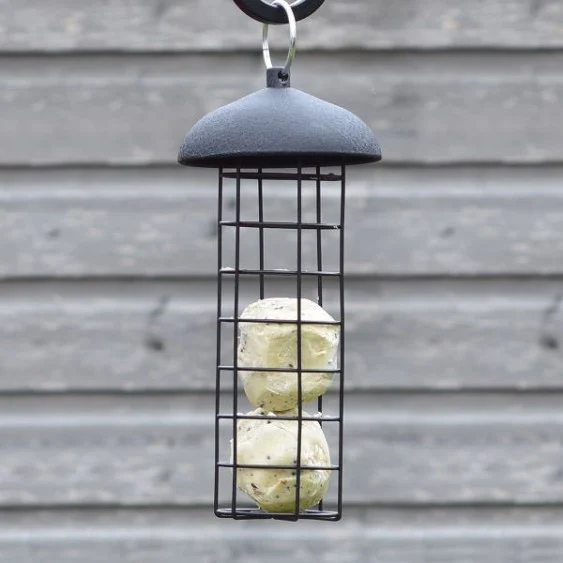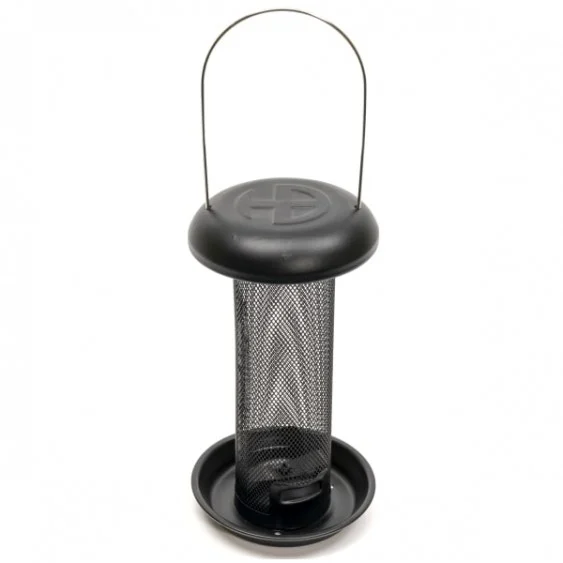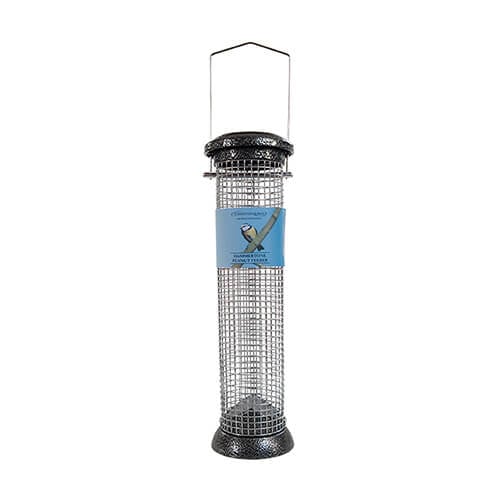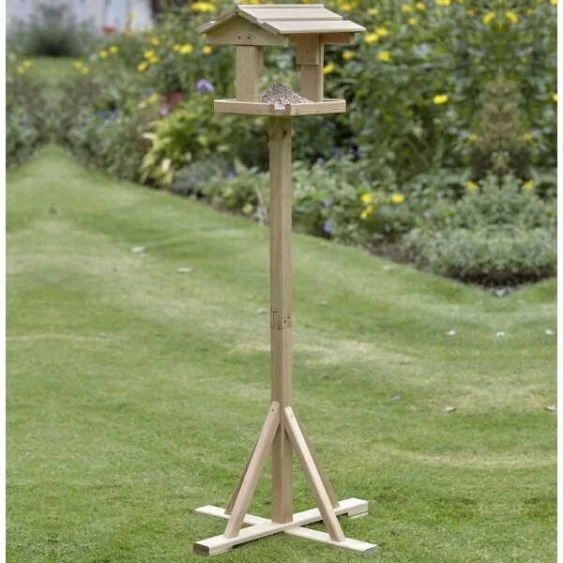British Wren
The British Wren is a tiny brown bird, although it’s heavier and not as slim as the even smaller Goldcrest. It’s almost round in shape with a fine bill, quite long legs and toes, very short round wings and a short, narrow tail, which is sometimes stuck up vertically.
For such a small bird, the British wren has a remarkably loud voice. It’s the most common UK breeding bird, and a common garden visitor, although it suffers declines during prolonged, severely cold winters.
Conservation status
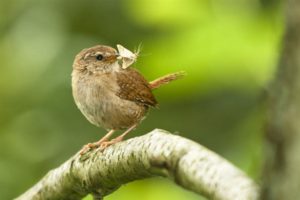 The wren population is basically stable and in fact numbers have risen across Europe since the 1980s. The biggest problem for these tiny birds is cold weather, during which many die, so milder winters are helpful for wrens overall although if climate change affects the small insects on which they feed, there could be trouble ahead.
The wren population is basically stable and in fact numbers have risen across Europe since the 1980s. The biggest problem for these tiny birds is cold weather, during which many die, so milder winters are helpful for wrens overall although if climate change affects the small insects on which they feed, there could be trouble ahead.
The tiny British wren, with its typically cocked tail, is a welcome and common visitor to gardens across town and countryside. It builds its domed nests in sheltered bushes and rock crevices.
The diminutive British wren can be found in almost any habitat where there are insects to eat and bushes or rock crevices in which to build their domed nest out of moss and twigs. Often found in Heathland and Moorland
In fact, the wren is the most common breeding bird in in the UK; there are currently 8.6 million breeding wren territories. It is scarcer in northern England and Scotland and upland areas.
Because it often builds its nest in bushes, it is in a constant danger from domestic cats, that find it easy to catch and frequently decimate entire families.
Fun Fact
In many countries the wren was traditionally held to be the king of birds. In parts of Britain and France, however, they were ancient symbols of the underworld, probably because they (quite innocently!) feed and nest in dark nooks and crevices.

